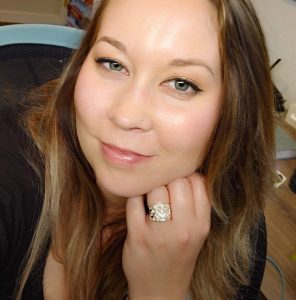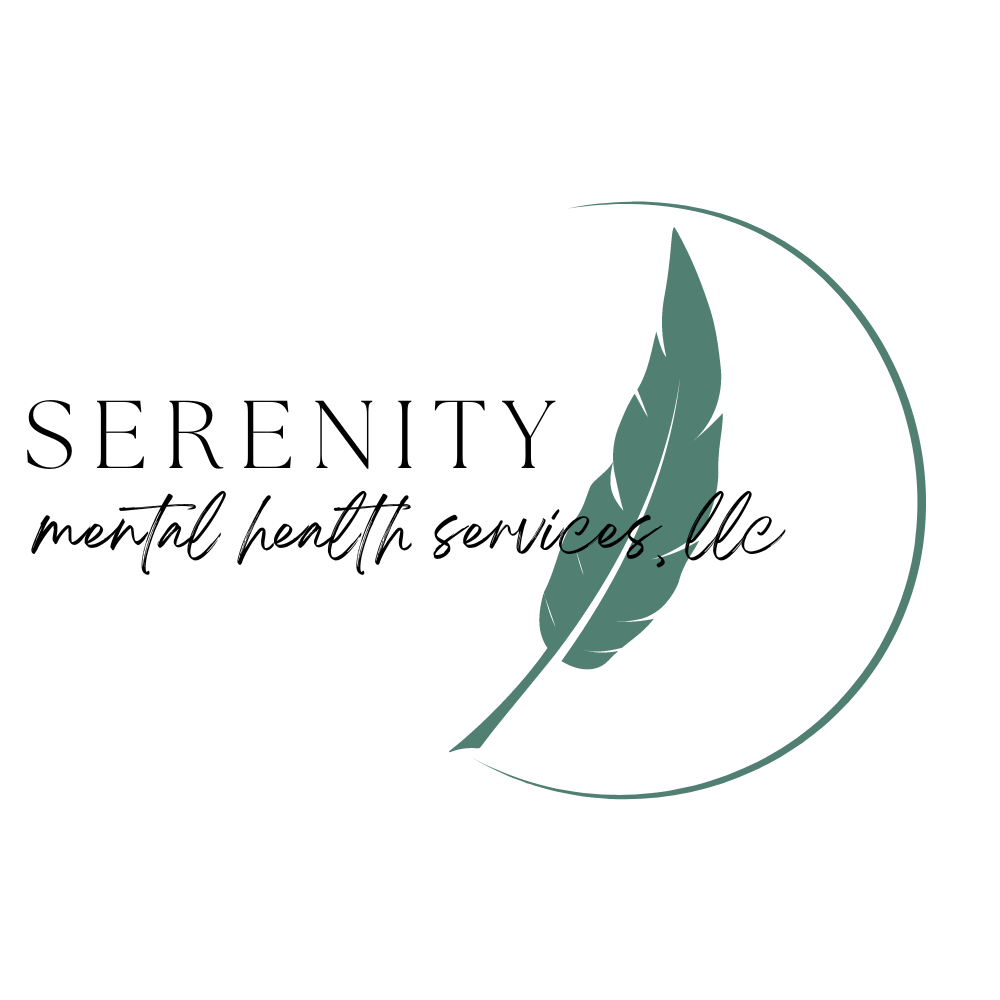[cmsmasters_row data_padding_bottom=”50″ data_padding_top=”0″ data_bg_parallax_ratio=”0.5″ data_bg_size=”cover” data_bg_attachment=”scroll” data_bg_repeat=”no-repeat” data_bg_position=”top center” data_color=”default” data_bot_style=”default” data_top_style=”default” data_padding_right=”3″ data_padding_left=”3″ data_width=”boxed”][cmsmasters_column data_width=”1/1″][cmsmasters_heading type=”h1″ font_weight=”normal” font_style=”normal” text_align=”left” margin_top=”0″ margin_bottom=”20″ animation_delay=”0″]Meet the host of the Sámi Diaspora Group![/cmsmasters_heading][/cmsmasters_column][/cmsmasters_row][cmsmasters_row data_padding_bottom=”50″ data_padding_top=”0″ data_bg_parallax_ratio=”0.5″ data_bg_size=”cover” data_bg_attachment=”scroll” data_bg_repeat=”no-repeat” data_bg_position=”top center” data_color=”default” data_bot_style=”default” data_top_style=”default” data_padding_right=”3″ data_padding_left=”3″ data_width=”boxed”][cmsmasters_column data_width=”1/1″][cmsmasters_text animation_delay=”0″]
 I was raised from an early age knowing that my mother’s side of the family is of Sámi descent. My grandmother often shared bits of the language and some stories of our heritage and we were told that we were “Black Finn,” “L*pps,” and “Laplanders.” Like many Americans of Sámi descent learn, much was lost upon our ancestors’ arrival to the US in the 1900’s and as they lived in the Keweenaw (Upper Peninsula of Michigan). I learned that this was done deliberately so that they could pass as White and avoid discrimination and racism. My relatives did not entirely escape the racism of the times and at some points received it with humor (I have a great uncle who was well known as “Uncle Chinky” due to his features). Fascinatingly, much of the indigenous Sámi mentality, sense of spirituality, and stories of hardship were passed down with clarity. My graduate degree program (professional counseling) required that we research our family heritage to better understand our personal generational patterns and dynamics (for better or worse) that have been passed down. So, I began researching my genealogical heritage in earnest and learned that my Sámi ancestors were both from the Inari region (Finland) and Tromsø og Finnmark (Norway). Most recently, I met several Sámi relatives who reached out to me independently of one another from a Sámi group on Facebook. As my family has a rich artistic heritage, I love practicing duodji and creating risku and the traditional Sámi bracelets. I’ve been practicing North Sámi in my “free time” and am at a very beginner level. I also love meeting others of the Sámi diaspora and learning about our culture.
I was raised from an early age knowing that my mother’s side of the family is of Sámi descent. My grandmother often shared bits of the language and some stories of our heritage and we were told that we were “Black Finn,” “L*pps,” and “Laplanders.” Like many Americans of Sámi descent learn, much was lost upon our ancestors’ arrival to the US in the 1900’s and as they lived in the Keweenaw (Upper Peninsula of Michigan). I learned that this was done deliberately so that they could pass as White and avoid discrimination and racism. My relatives did not entirely escape the racism of the times and at some points received it with humor (I have a great uncle who was well known as “Uncle Chinky” due to his features). Fascinatingly, much of the indigenous Sámi mentality, sense of spirituality, and stories of hardship were passed down with clarity. My graduate degree program (professional counseling) required that we research our family heritage to better understand our personal generational patterns and dynamics (for better or worse) that have been passed down. So, I began researching my genealogical heritage in earnest and learned that my Sámi ancestors were both from the Inari region (Finland) and Tromsø og Finnmark (Norway). Most recently, I met several Sámi relatives who reached out to me independently of one another from a Sámi group on Facebook. As my family has a rich artistic heritage, I love practicing duodji and creating risku and the traditional Sámi bracelets. I’ve been practicing North Sámi in my “free time” and am at a very beginner level. I also love meeting others of the Sámi diaspora and learning about our culture.
[/cmsmasters_text][/cmsmasters_column][/cmsmasters_row]
